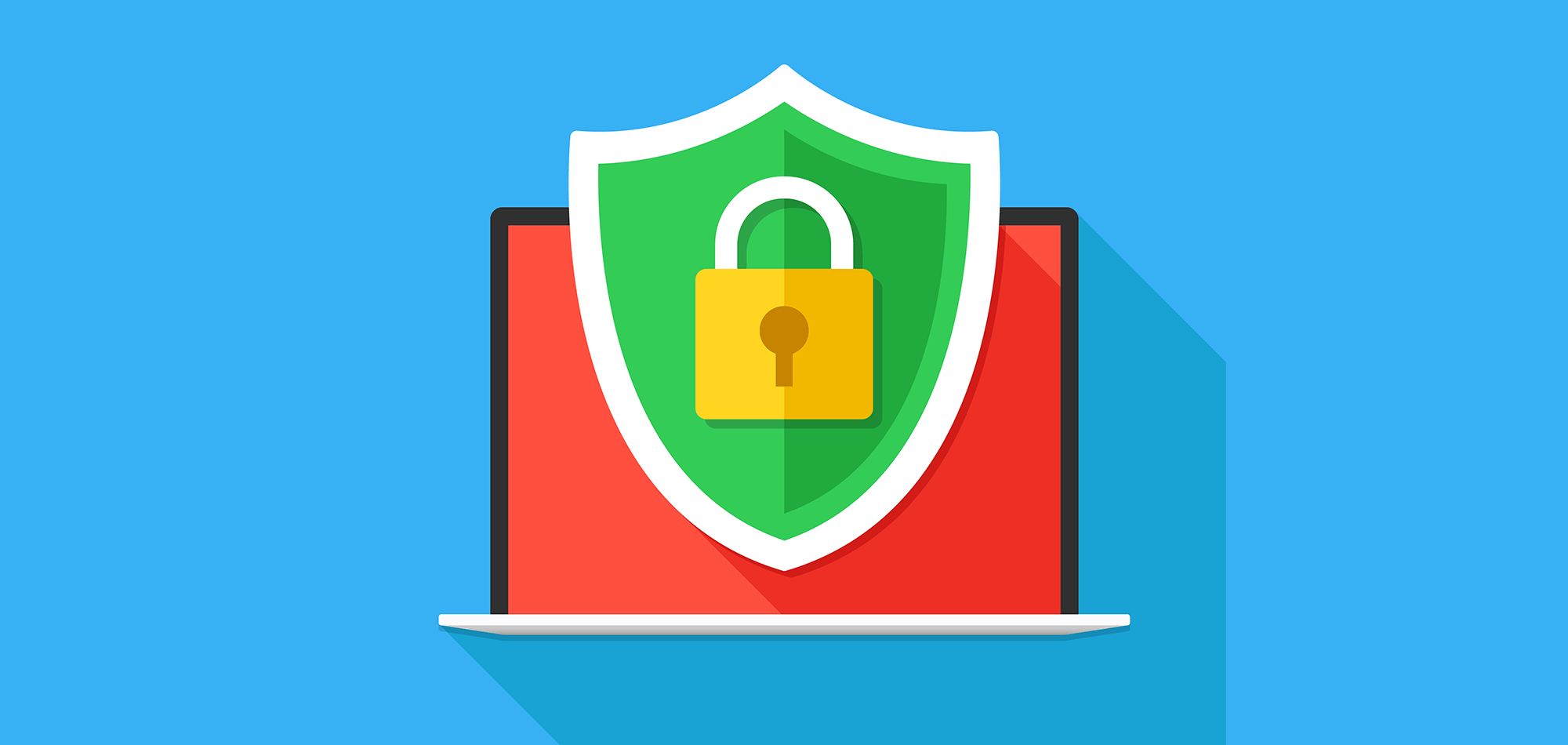
Campus life is now engulfed with mobile devices. Most students have at least one device (but typically several) that's connecting to the campus wireless network. As student populations grow along with their mobile devices, infrastructure and wireless technology must adapt and scale to meet the strong demand for reliable, fast wireless connectivity.
The increase in infrastructure and deployment of extensive campus wireless networks means IT staff are under added pressure to ensure their networks are optimized and always ready to support the growing demand.
Receiving information about your network, connected devices, access points utilized, and the ability to adjust the network now becomes a mission critical necessity.
Campuses are realizing the power of having a wireless management system to have complete visibility and health monitoring of their wireless network at all times.
5 Campuses Using a Wireless Management Tool:
Ryerson University
Utilizing a wireless management tool enabled the university to create role-based access control. RBAC allows the school to assign their users with different credentials to access specific information based on those settings.
If it were not for using a wireless management solution that allows these role-based options, separate wireless infrastructure pieces would be needed to set all the different parameters for different schools, students, and faculty members on campus.
Midland University
Their use of a wireless management solution allowed the university to adjust aspects on campus to be more mobile friendly after they discovered that 60% of the devices connected to their network were mobile.
This information allows them to optimize their campus to fit the needs and demands of current and prospective students.
West Chester University
West Chester wanted a granular view of everything on their network. From knowing the total number of devices at any given time, to which access points they were using, to where signal interference on campus was coming from. They wanted a tool that would enable them to see almost everything pertinent to their network.
The University of Miami
Their main goal was the efficiency of their network. Having insight into their network to get insights such as determining the types of devices being used be it Windows, Android or Apple to help for planning and tech support. The tool also allows them to see devices connected such as Chromecast and AppleTV.
Knowing the details of their network devices habits and uses allows them to prepare and fine-tune their network properly to reduce downtime and operational issues. The University of Miami says a wireless management tool helps to keep them ahead of the game.
Utah State
Previous problems that took hours to resolve can now take minutes thanks to health reporting with their use of a wireless management solution.
Campuses can be plagued with interference whether from Bluetooth to microwave ovens, but those interferences can be quickly identified and devices adjusted to clearer channels. Their network now has greater efficiency and visibility into their entire WiFi network, both from historical and real-time perspectives.
Implementing a wireless management tool is easier than you might think, the best part though is that it's also extremely cost-effective.
With modern-day college and university wireless networks becoming larger, and more complex it's critical that you have complete control by utilizing all of the aforementioned benefits.
If you have any questions about how a wireless management tool can help optimize your campus's network please contact us here, we'd love to help!




